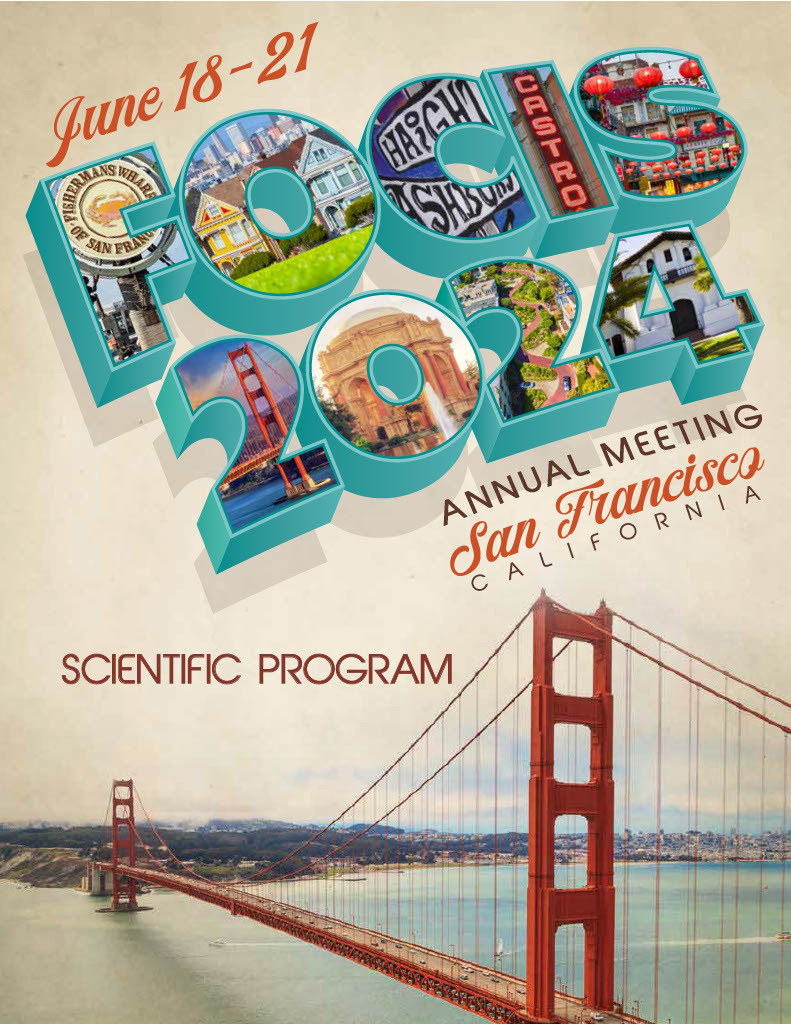Th185 - Unraveling the Dynamics of Time, Division, and Cell Cycle with Primary Human T Cell Differentiation in Drug Treatment and CAR-T Models Using Single-cell Proteomics
Thursday, June 20, 2024
7:30 AM - 7:45 PM PT
Tara Murty – Stanford; Patricia Favaro – Stanford; Avery Lam – Stanford; Daniel Ho – Stanford; Trevor Bruce – Stanford; Robert Tibshirani – Stanford; Crystal Mackall – Stanford; Sean Bendall – Stanford
- MA
Meelad Amouzgar, n/a
PhD candidate
Stanford
Stanford, California, United States
Abstract Text: Cell cycle (CC) progression and division are tightly linked to cell fate decisions across development of the hematopoietic and immune systems. Activated T cells enter the CC and rapidly proliferate into a deluge of cellular phenotypes with diverse functional capacity, which is crucial to establish protective immunity. Using Cytometry by Time of Flight, we combine high-dimensional proteomics, CFSE-derived division id annotations, and trajectory inference to computationally reconstruct CC timing across multiple generations in millions of asynchronously dividing primary human T cells. Leveraging our highly-resolved model of CC dynamics across divisions, we deconvolve the interplay between time since activation, CC, and division with cell state in ex vivo T cell expansion. We further characterize the link between CC and T cell receptor (TCR) stimulation by targeting CC and TCR signaling in drug perturbation experiments, and studying a tonically signaling CAR-T cell model of exhaustion. CC slowing with CDK4/CDK6 inhibition, and signaling inhibition by irreversible interleukin-2–inducible kinase (ITK) blockade both induce fate-skewing and proliferative effects. CC slowing partially explains the effects of ITK blockade, with combination treatment having mixed additive and antagonistic effects on T cell state. Finally, tonically signaling exhausted CAR-T cells have more aberrant CC states and skew in late SG2/G2M phases. We propose that our integrated experimental and computational technology generates a highly-resolved model of CC timing across divisions that enables granular study of the link between cell fate with CC and division for use in T cells and other cell systems.

